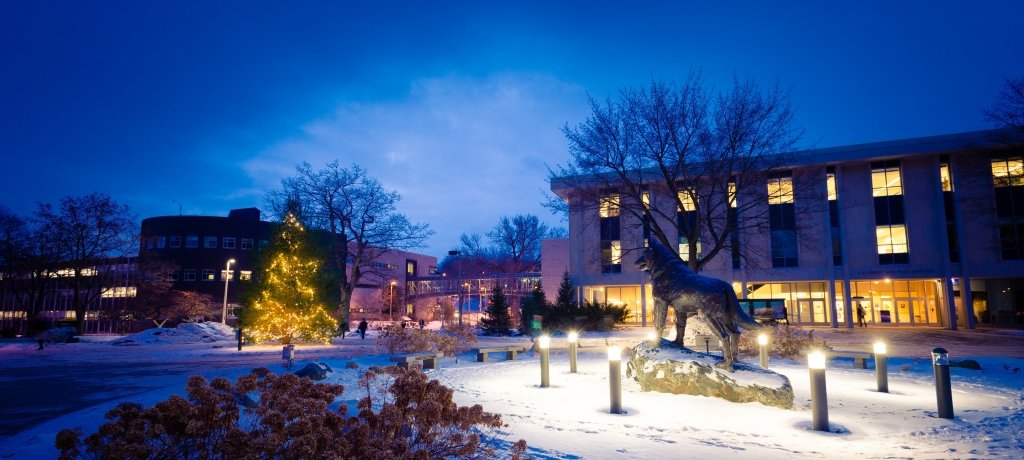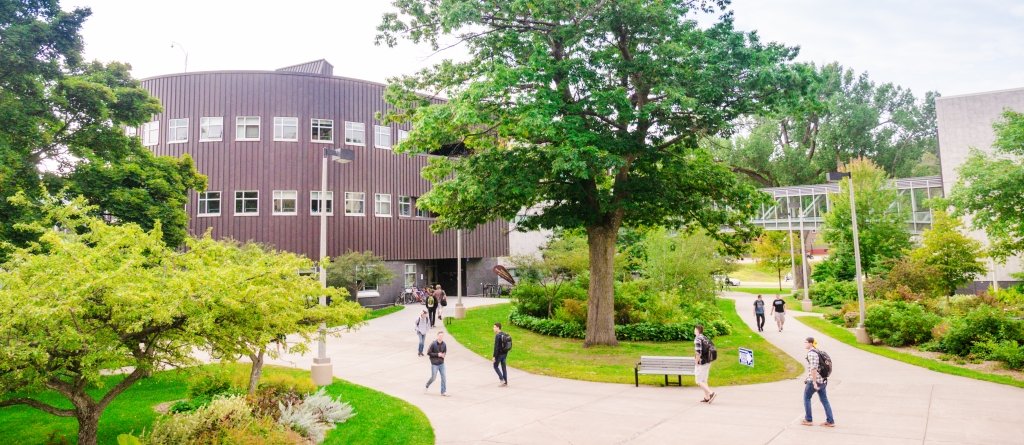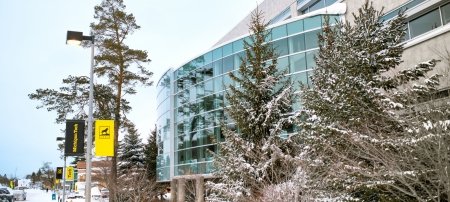Michigan Technological University’s thought leaders share their ideas to prepare students and the University for a rapidly changing future. Adrienne Minerick, dean of the School of Technology, discusses the importance of practical application.
Technology is Michigan Tech’s middle name. Technology, and its breadth of applications, are the connective tissue between engineering, science and humanities. Technology enables cross-pollination and in turn many of the innovations that have shaped our society today — for better or for worse.
As we have progressed through the Tech Forward initiative this fall, it has been striking the need to remove barriers (virtual, psychological, etc.) that impede communication between fields. The organizations that do this well and get comfortable with moving out of their comfort zone are at the leading edge of education, research and innovation. The teams who embrace the process of re-inventing themselves learn versatile skill sets that enable them to move and adapt at a much faster pace. Everyone wins — they become more competitive with higher-quality outputs — when this process of change is embraced in an opportunity mindset.
Connected Ecosystems
Our physical world, our social ecosystem, our natural ecosystem and now our cyber ecosystem, are interrelated. We do not yet fully understand all the different connections nor the balance of how a change in one shifts the others.
Our academic system is organized into disciplines; they each provide tools and perspectives of the total ecosystem. Each perspective has its strengths and its limitations, although experts within a subfield can sometimes be slow to acknowledge the limitations. If all these different perspectives were woven together, we would have a much more complete understanding of big challenges, like climate change or digital privacy or manufacturing disruption, and how individual or local community choices minimize or maximize impacts from these inter-related global forces. The Tech Forward exercise pushed our community to voice our perspectives and work to combine them for the sub-ecosystem that is our campus.
How to Learn
From my career and life experiences, the most effective way I’ve seen people come together from vastly different disciplines is when a team is assembled to solve a pressing challenge — namely when they are applying their knowledge. The challenge provides the motivation for each expert to learn the languages of the other fields, to work to truly understand the approach and to collaborate on solution strategies. This challenge of translating principles into practice is often underestimated in its value and complexity.
I’ve also learned in my role advocating for School of Technology programs that widespread misunderstandings exist about curricula. These programs were designed from the beginning to position students to learn by doing, learn by applying and learn from the practice of implementing engineering principles. Close proximity of numerous diverse disciplines enables collaborations and discussions that lead to creative outcomes. One example is the proposed Master of Science degree in mechatronics, a hybrid of mechanical, electrical and computing for robotics and automated manufacturing.
Technology IRL
Moving beyond academic exercises to implementation empowers all of us to create technology that works for individuals, organizations and society. By valuing both the theoretical and the practical, we best position our students to lead in the Fourth Industrial Revolution.
For example, Michigan Tech’s research in computer science takes us to the depths of what’s possible. From algorithmic foundations, our researchers enable advances in cryptography, data storage, medical informatics, geospatial technologies and cyber-X. This academic research provides depth of knowledge and creative solutions. Complimenting these explorations with applied programs — like Computer Network and System Administration (CNSA) — position our graduates to translate those solutions to the world at large to connect people and communities.
This convergence approach — one that values both research and application — is our strongest path forward.
In the spirit of applying what we’ve learned, the University now moves forward to the next phase of our initiative: take the ideas we’ve generated and put them to use. Tomorrow needs answers and innovation. Let’s get started and Learn. Do. Succeed.
Michigan Technological University is an R1 public research university founded in 1885 in Houghton, and is home to nearly 7,500 students from more than 60 countries around the world. Consistently ranked among the best universities in the country for return on investment, Michigan's flagship technological university offers more than 185 undergraduate and graduate degree programs in science and technology, engineering, computing, forestry, business, health professions, humanities, mathematics, social sciences, and the arts. The rural campus is situated just miles from Lake Superior in Michigan's Upper Peninsula, offering year-round opportunities for outdoor adventure.






Comments